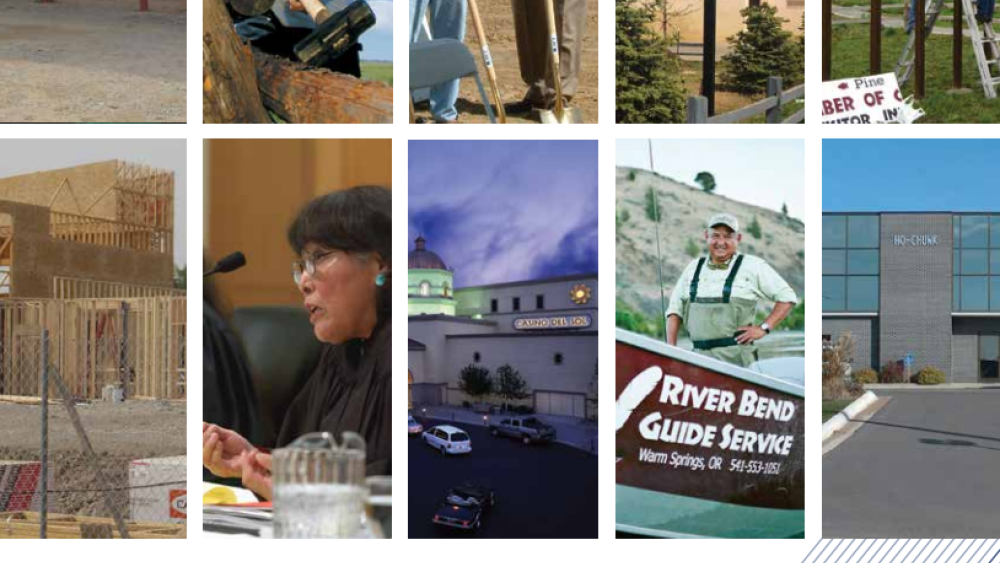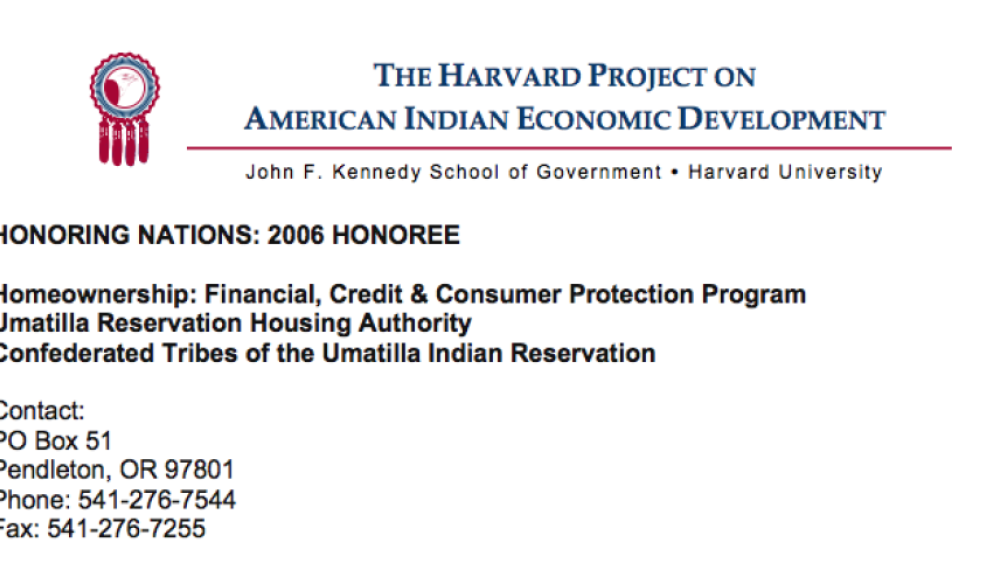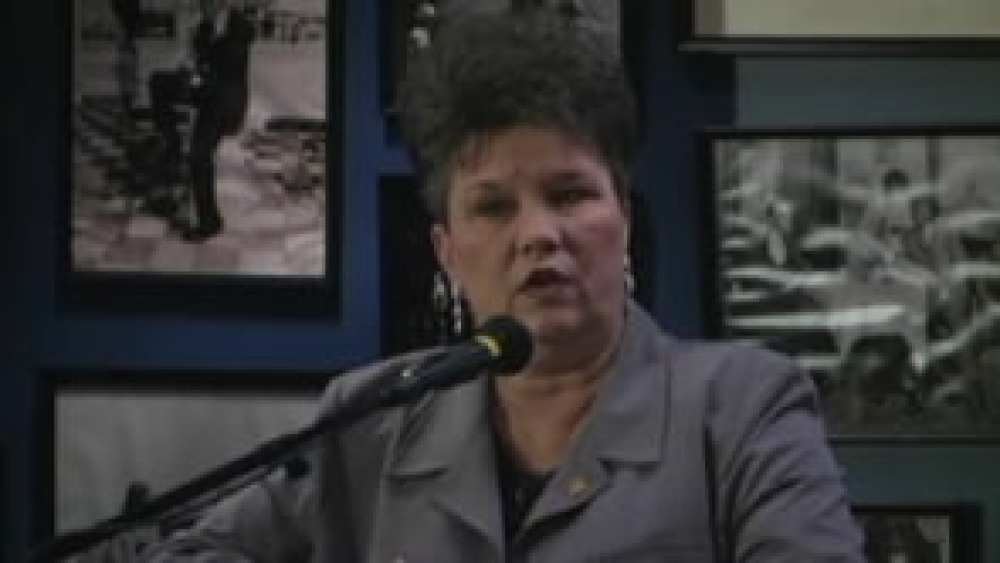EAGLE BUTTE, S.D. — The Cheyenne River Sioux Reservation is big, but it isn’t as big as it used to be. As seen from the air, the land is an expansive, grayish-brown terrain cracked open by the winding
Missouri River with scattered clusters of black dots. On the ground, the dots become cows — so many cows — and the land becomes a roiling sea of prairie grass heaving under currents of wind you can see coming and going from miles in every direction. The reservation covers some 4,200 square miles in north-central South Dakota; it is the fourth-largest Indigenous reservation in the continental United States. Officially, it is home to some 8,000 people, though census figures systemically undercount Indigenous communities.
But there was a time not long ago when the Lakota, Nakota and Dakota people whose descendants now populate Cheyenne River knew no boundaries — they went wherever the buffalo led them across the plains.The concept of territorial boundaries arrived with the first white settlers to the region and was first formalized in the Fort Laramie treaties of 1851 and 1868, which created the Great Sioux Reservation, comprising roughly the western half of what’s now South Dakota and a slice of northern Nebraska. The discovery of gold in the Black Hills in 1874 sparked a gold rush, and ultimately a military incursion into the territory that culminated with the Battle of Little Bighorn in 1876. The Black Hills was appropriated to the federal government with the passage of the Act of 1877, whittling the Great Sioux Reservation down by a third. Another third of the territory was taken back by Congress with the passage of the Sioux Act of 1889, creating the Cheyenne River Reservation...
Additional Information
Pederson, Brendan. Bankshot Episode 46: Ignored by banks, Indigenous communities build their own financial system. American Banker. July 24, 2021. Podcast. Accessed July 16, 2021: https://www.americanbanker.com/news/ignored-by-banks-indigenous-communi…




